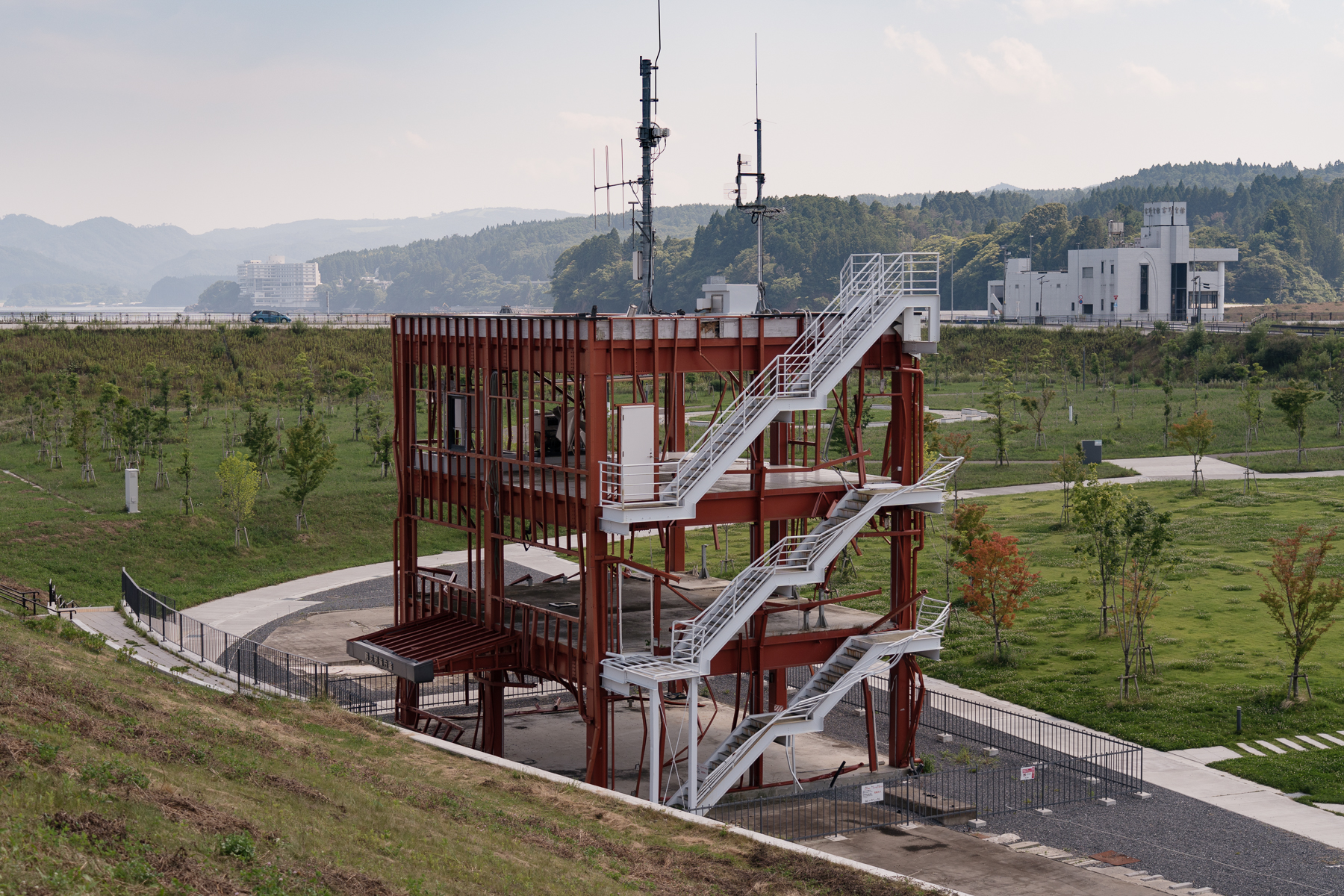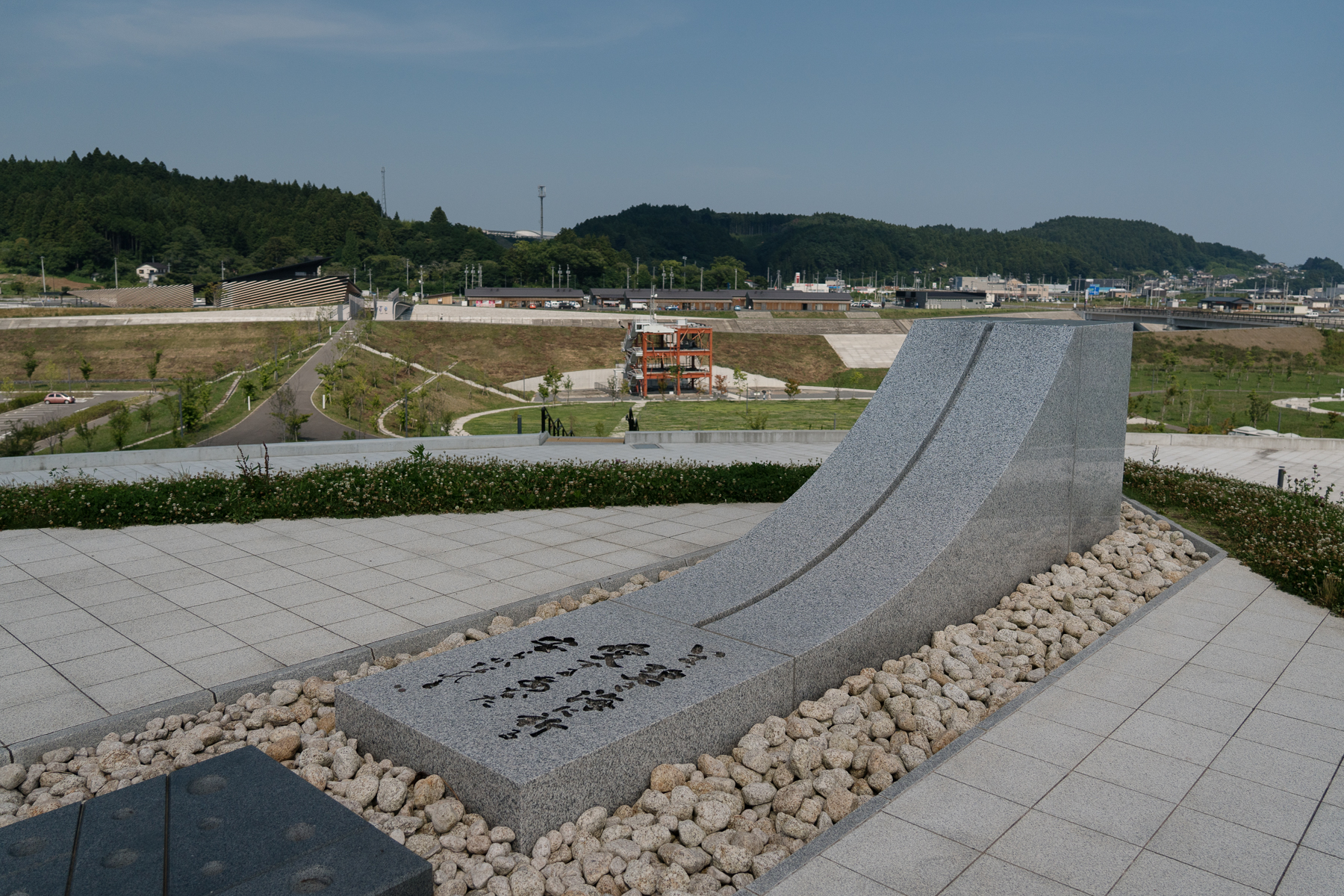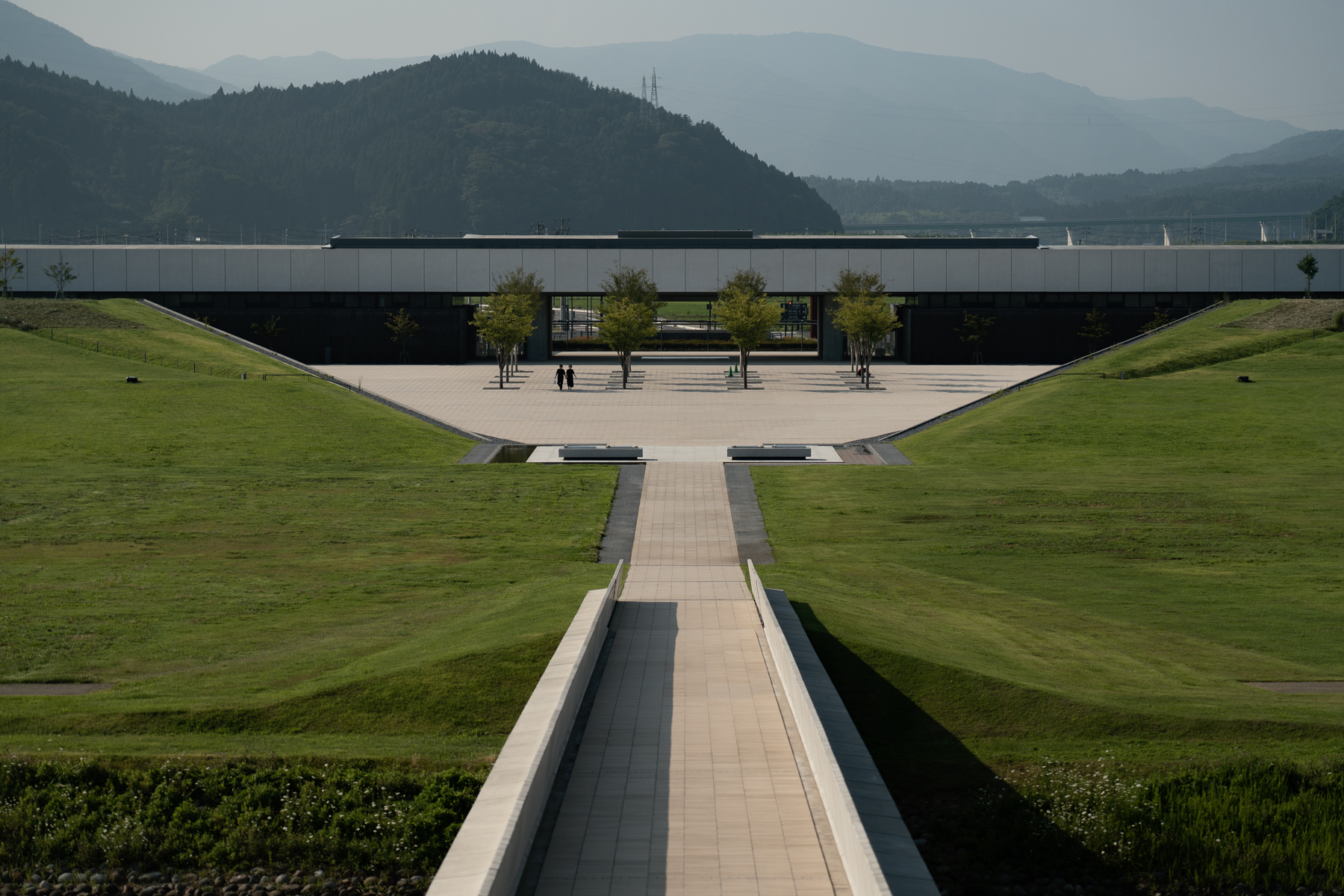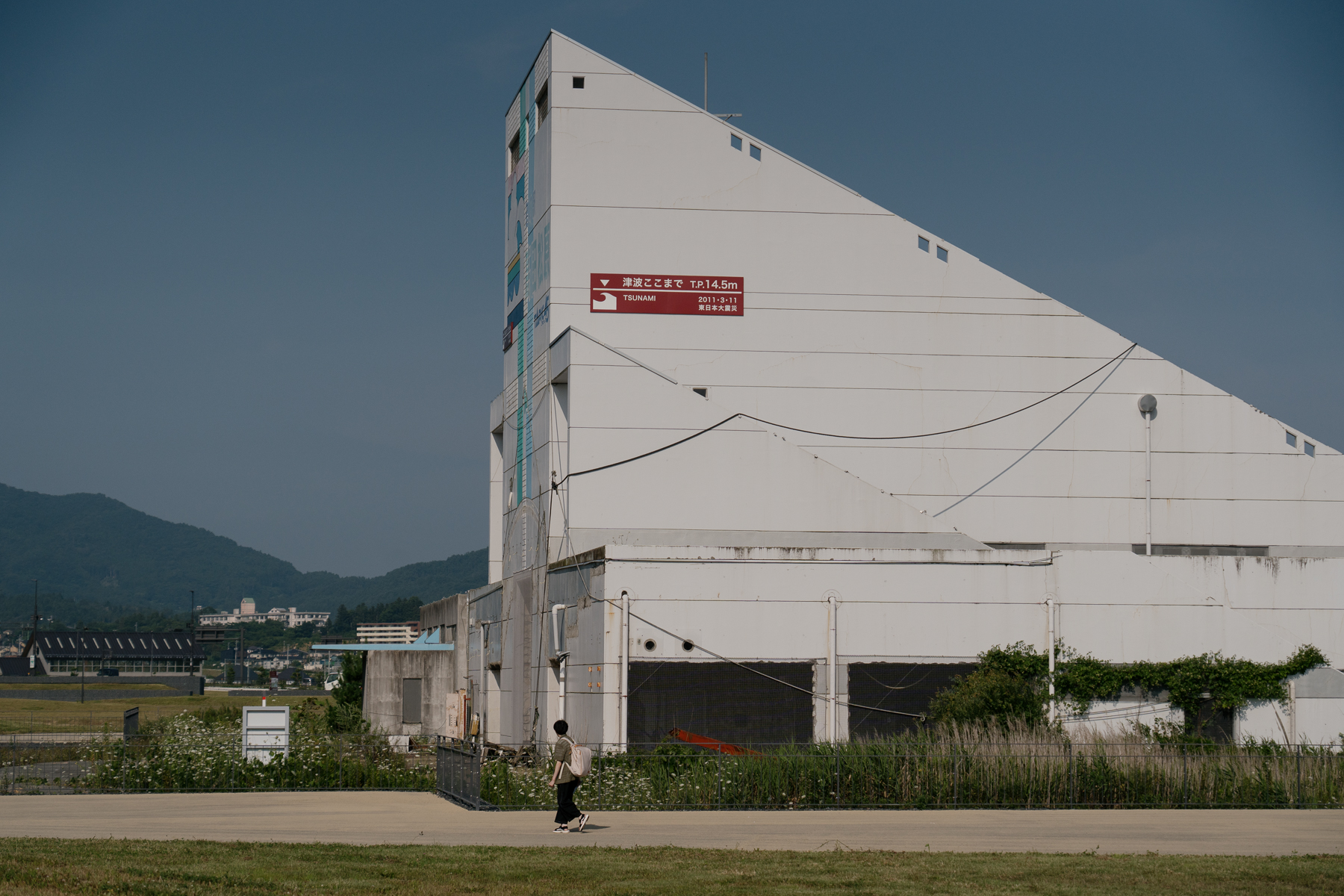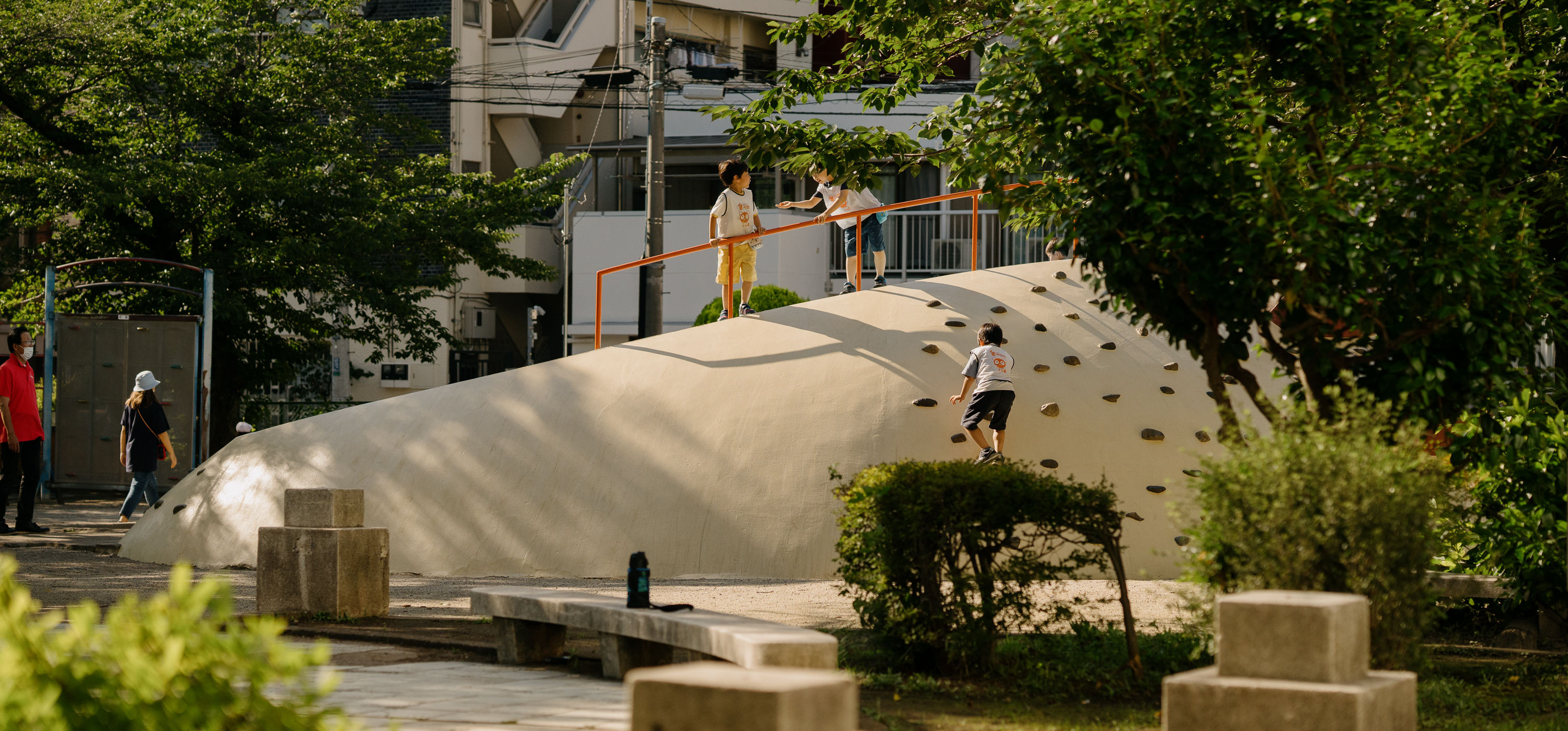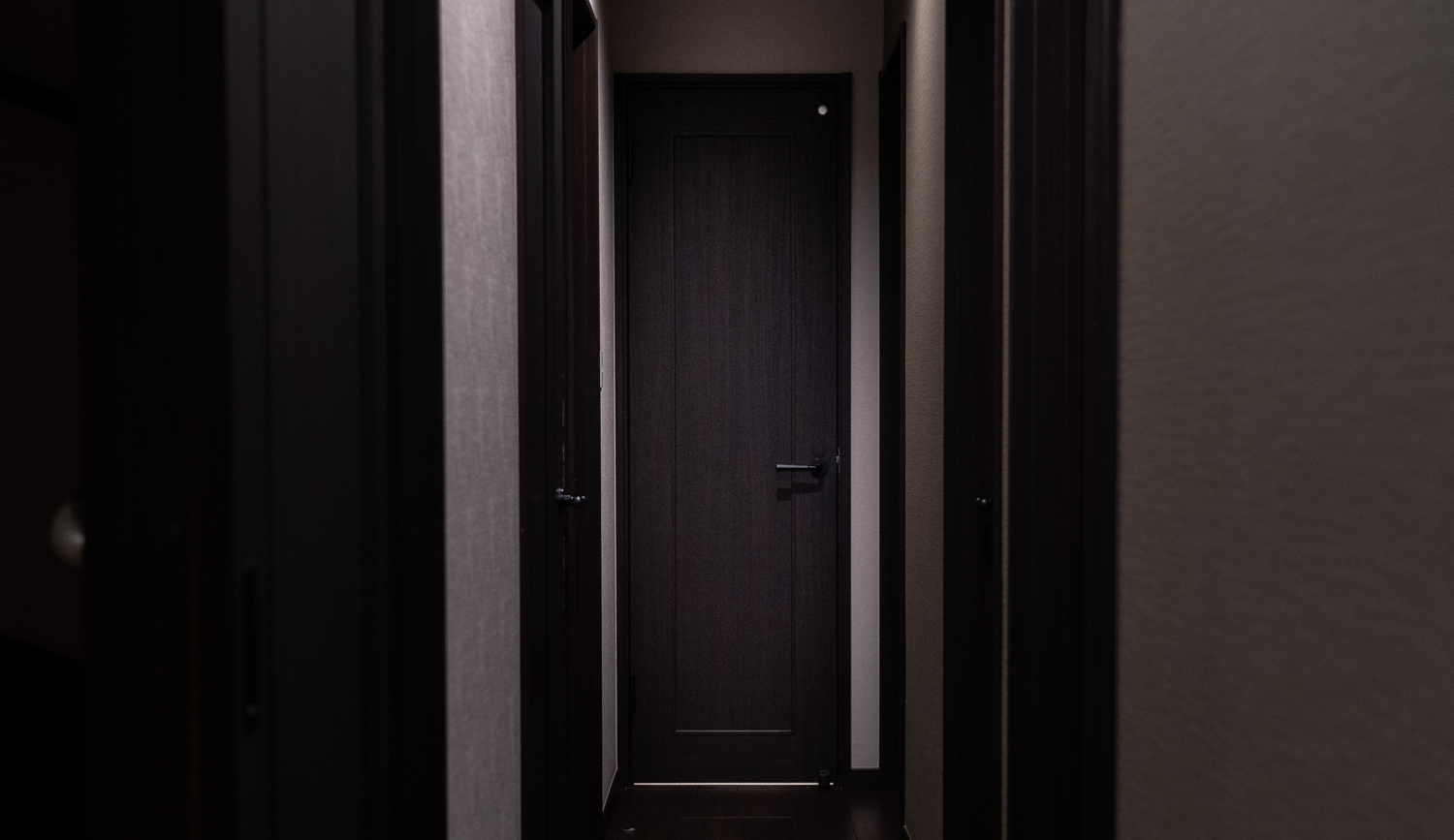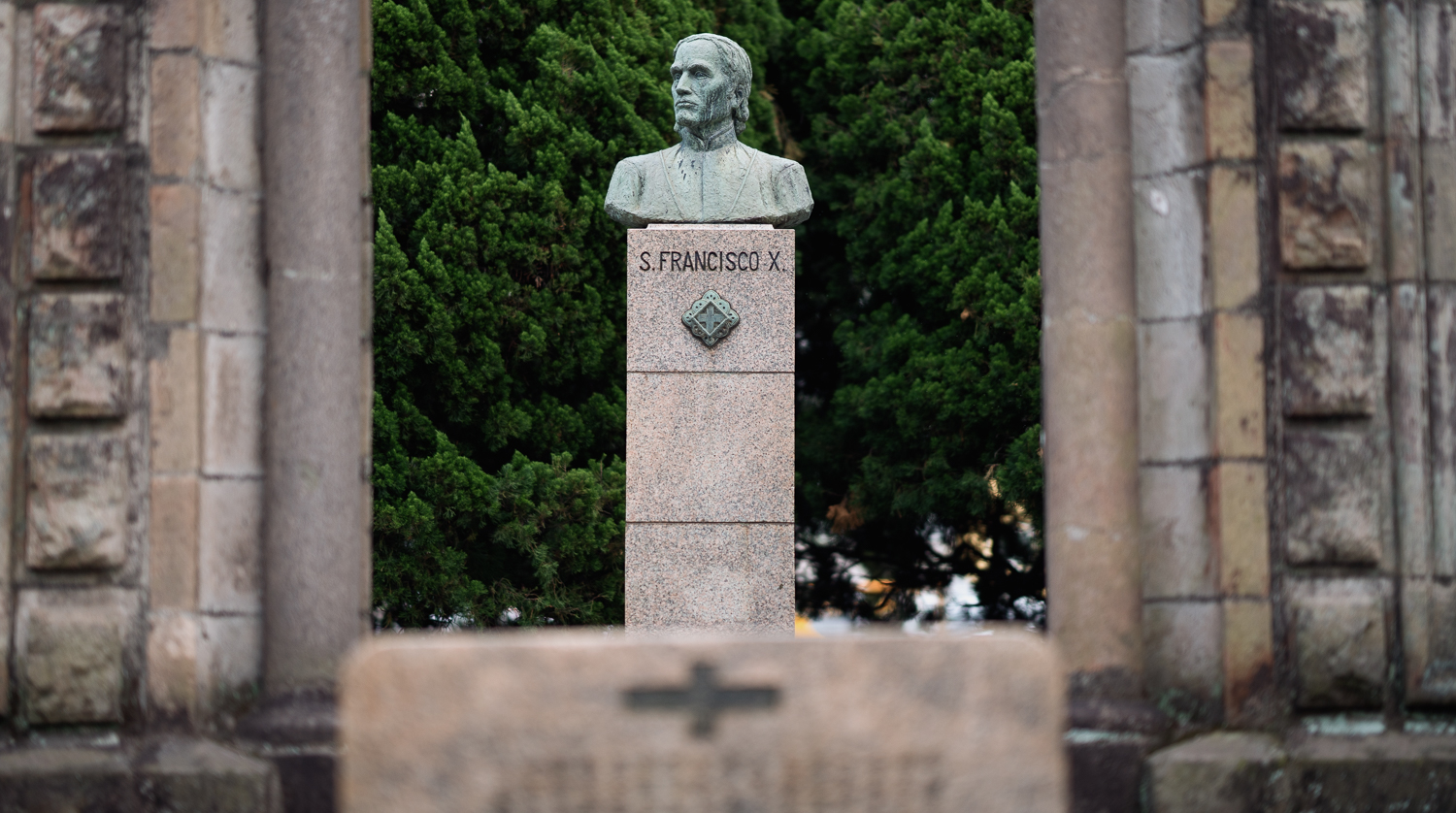On March 11, 2011, the largest recorded earthquake in Japan struck the region of Tohoku, triggering a massive tsunami and nuclear reactor failure. Known as 3.11, this sparked Japan’s worst humanitarian crisis since World War II. But this is not Japan’s only disaster in recent years. The country continues to be hit by typhoons, earthquakes, and flooding.
Before 3.11, most Christian relief work in Japan was ad hoc. This led to an unequal distribution of volunteers based on relationship rather than need. Since then local church networks have been formed, which allow aid to reach communities more evenly.
Disaster response has become an important part of Christian ministry in Japan. There has been a visible improvement of Christian witness in areas that were resistant to the gospel. This has resulted in new believers, churches planted, and more long-term Christian workers.
The Japanese government’s preparedness for and response to natural disasters is among the best in the world. It is effective in providing supplies, recovering victims, and making repairs. However, most disaster survivors need ongoing help as they struggle to cope with the losses they have suffered. The church can walk alongside them in the love and hope of Christ.

